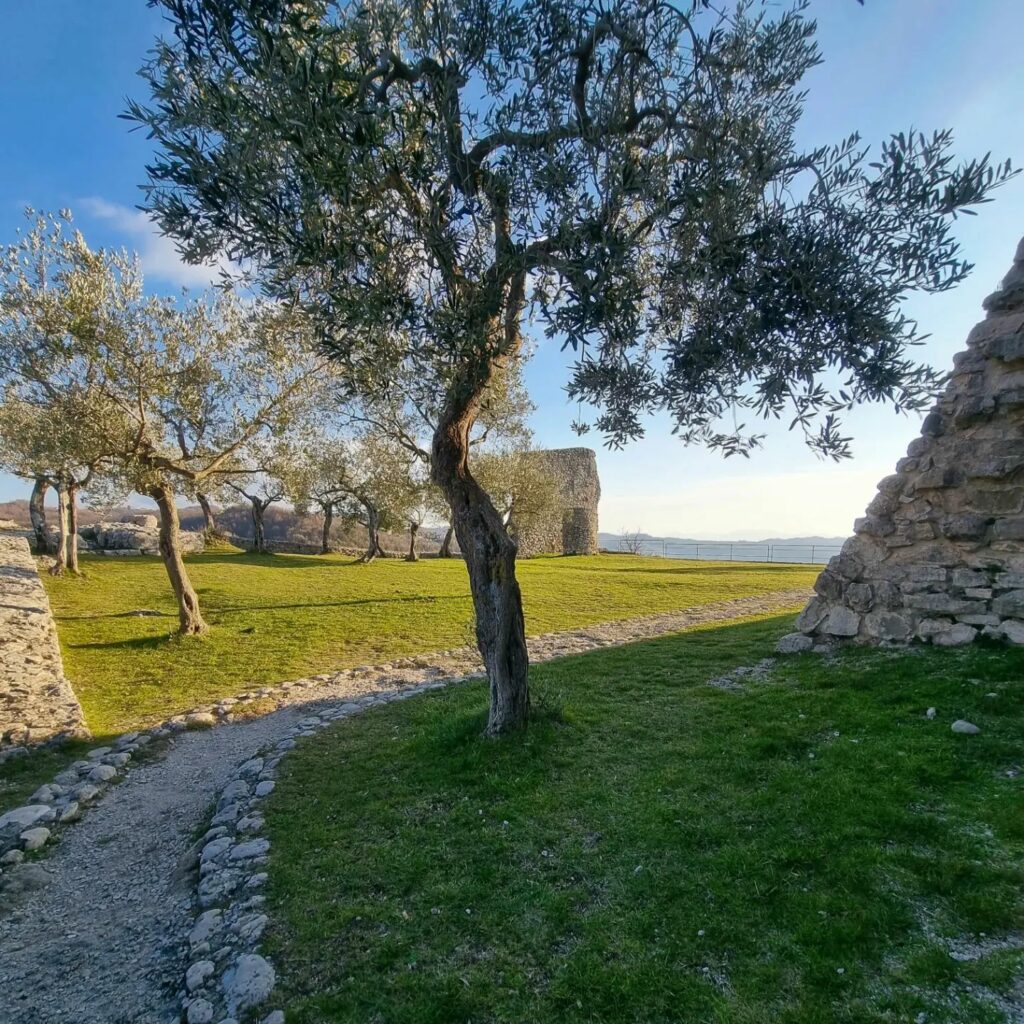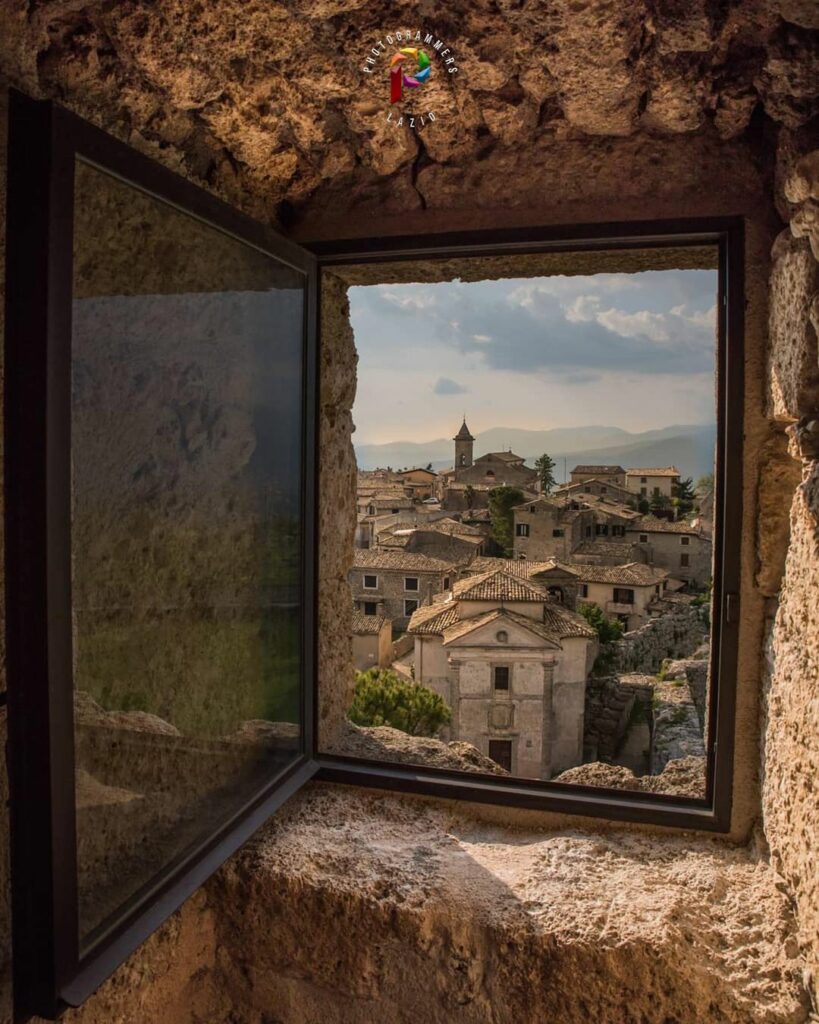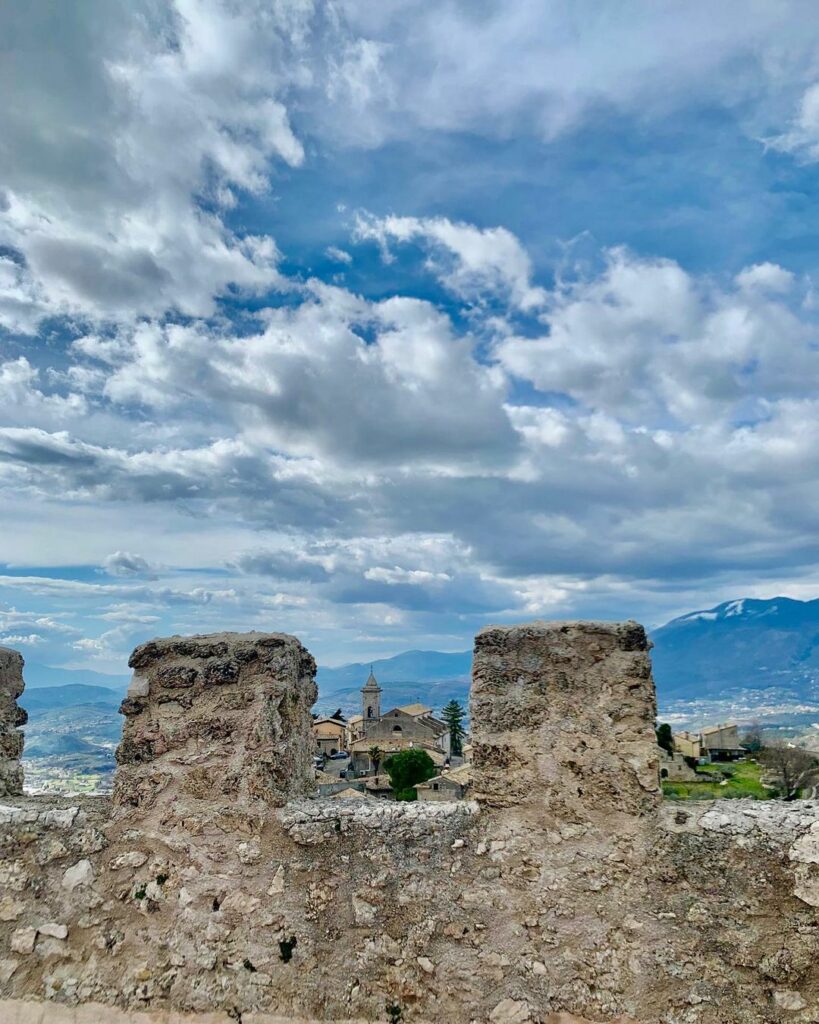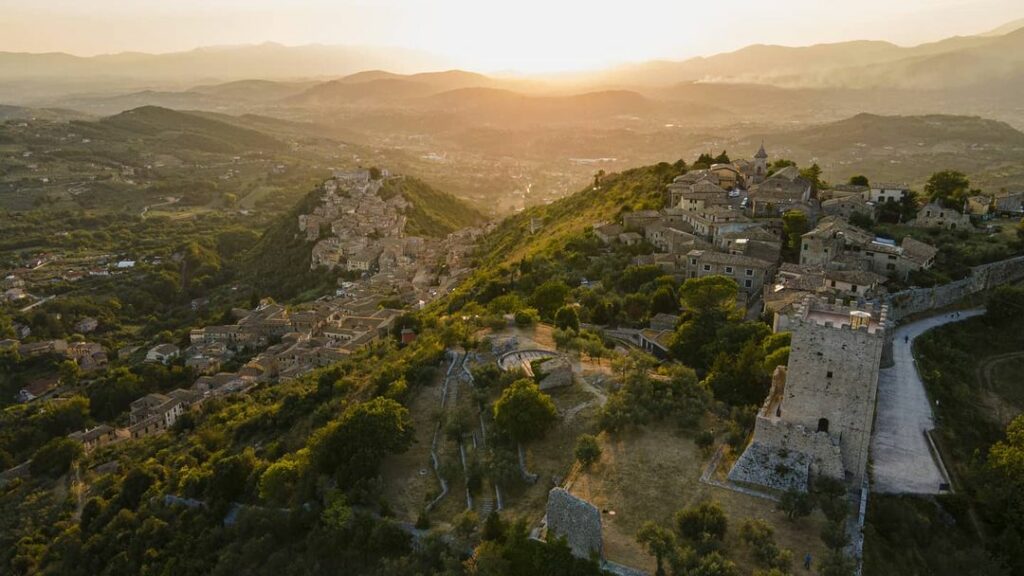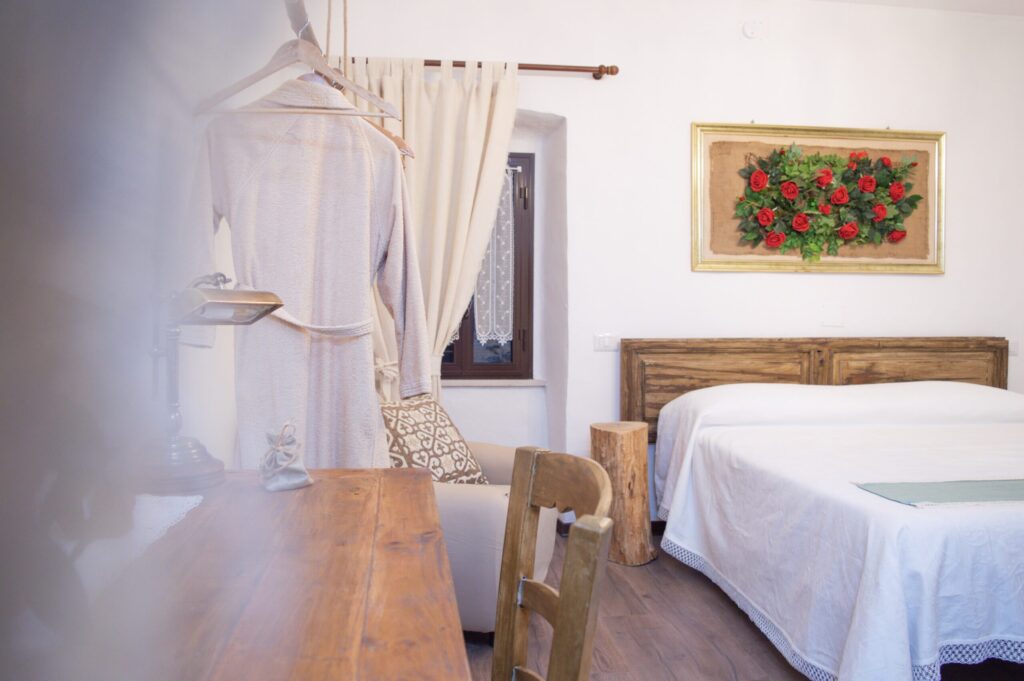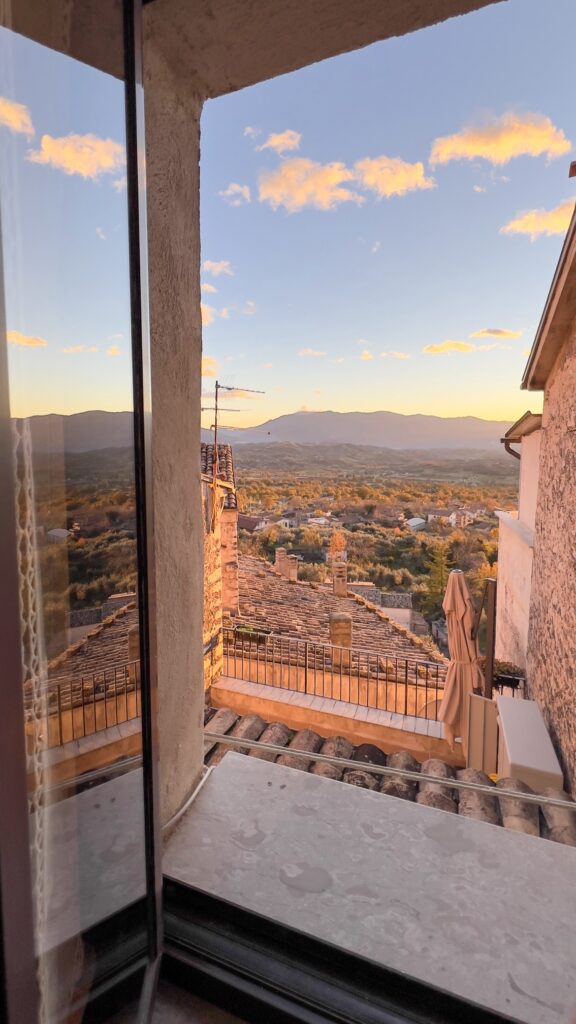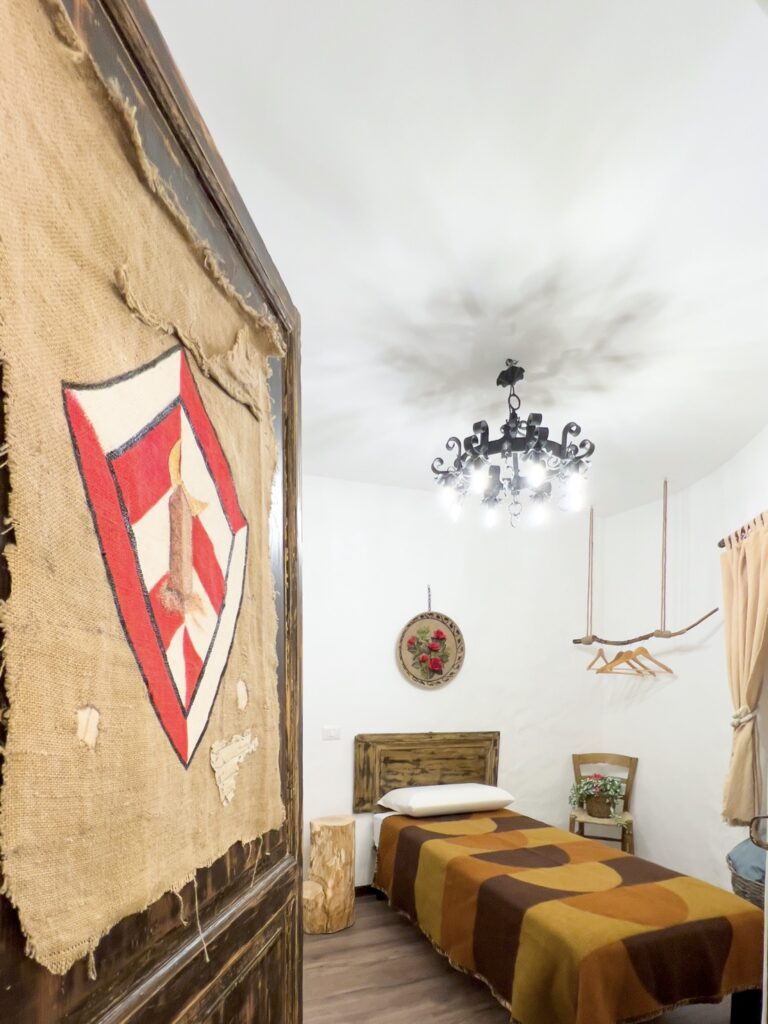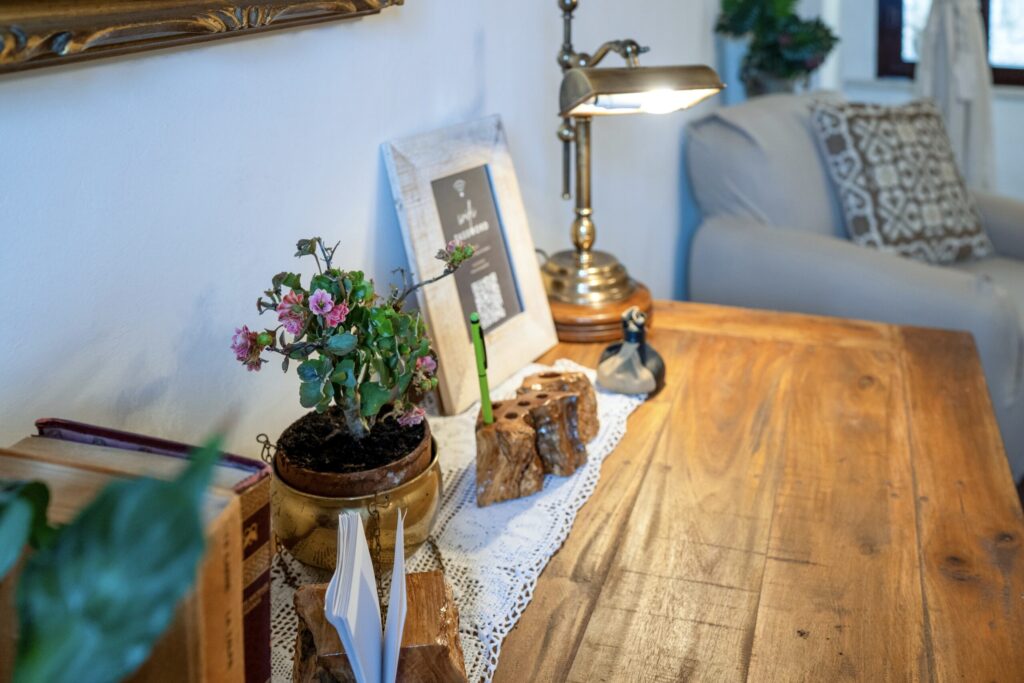
Close

The Tower of Cicero is an ancient building located on the Acropolis of Arpino, also known as Civitas Ciceroniana.
ADDRESS
Località Civitavecchia, Arpino (FR)
ACCESSIBILITY
By car
DISTANCE
28 km
It is believed to have once been the residence of Cicero’s Tulli family, inherited by Quintus, the brother of the famous writer Cicero. However, early investigations in the 19th century revealed no residential area, only the survival of a toponym indicating a wall called Cicero’s and a street called Cicera, handed down by oral tradition. Since then, the Tower has been called Cicero’s Tower.
The tower has a quadrangular shape of about 16 metres per side, with a scarp wall on the south-eastern side and an external gallery leading to the entrance on the middle floor. Louvered windows open on the outer sides, while the quadrangular openings are larger on the upper floors. The tower has been restored several times over time, and inside it is divided into two floors. The middle storey houses an architectural element that could be the lintel of a corner chimney, while on the upper storey, the corner attachment of the presumably cross vault is still visible.
Analysis of the original masonry and the few remains of the surviving roofing systems suggest that the Tower dates back to the Middle Ages, and its position near the city gate and the north-west corner of Civitavecchia’s city walls identify it as having a central role in the defensive system. During the wars of conquest by the Swabian emperors in the 13th century, Arpino suffered significant damage, but the town was not destroyed as described by later historiography. During the subsequent Angevin period, Arpino became an important outpost towards the territories of the Church and the fulcrum of the defensive system of the Angevin territory on the Liri Valley and towards Abruzzo.
A document dated 28 November 1269 attests to the existence of a fortification (Castro Civite Veteris de Arpino) with a castellan and six attendants, which suggests that the construction of the tower, reinforcement and renovation of the castle were carried out during the early years of the Angevin period.
